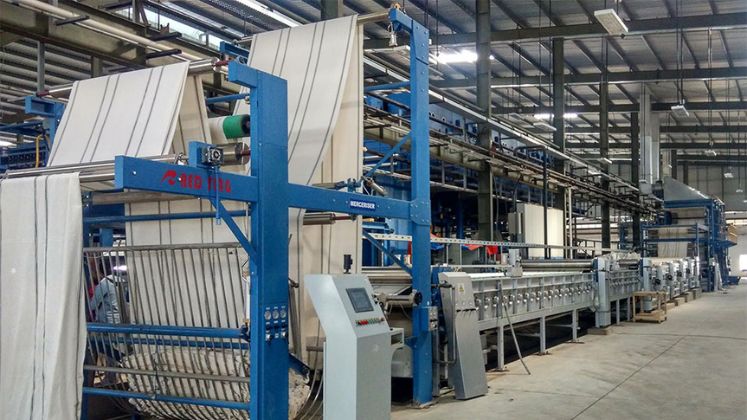
The Gujarat textile industry has called for special focus on the processing segment, describing it as the weakest link in the state’s textile value chain. Industry representatives urged that units operating within municipal limits but outside Gujarat Industrial Development Corporation (GIDC) estates should be brought under the scope of the Gujarat Textile Policy 2024.
A delegation comprising Vijay Agrawal, chairman of The Cotton Textiles Export Promotion Council (Texprocil), Bharat Chhajer, former chairman of the Powerloom Development and Export Promotion Council (PDEXCI), along with leading textile industrialists, met senior officials in the state industries department to highlight ambiguities in the classification of talukas under the policy and pressed for greater support.
The delegation pointed out that the current policy excludes units located outside GIDC but within municipal corporation areas, leaving nearly 99% of processing units without access to benefits. They noted that Ahmedabad alone has about 800 such units, with similar numbers in Surat, both major textile hubs. According to the representatives, this exclusion prevents units from upgrading obsolete machinery and limits their ability to compete globally.
Industry leaders also proposed that processing units equipped with advanced technologies such as waterless dyeing, sublimation digital printing, and modern bleaching and washing systems requiring less water should be eligible for incentives on par with garmenting units. They added that such facilities should be located in industrial areas with zero liquid discharge (ZLD) systems to ensure environmental compliance.
The delegation further recommended lowering the minimum employment threshold required to qualify as a labour-intensive unit from 4,000 workers to 2,000, suggesting that the figure could be revised upward later depending on workload and business growth.






